Discovering Brooklyn: Boerum Hill
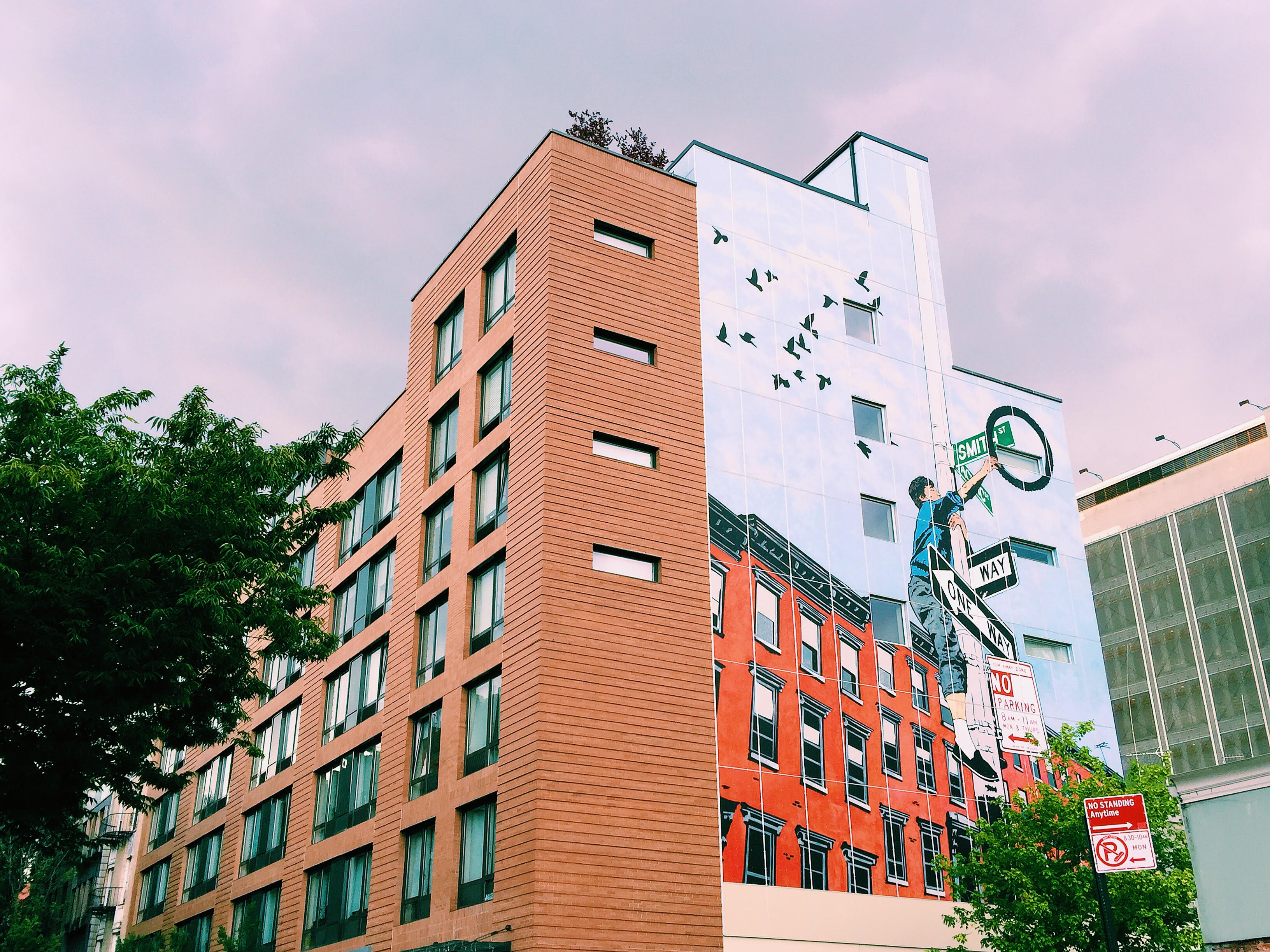


Boerum Hill, before the 1960s, was known as North Gowanus. Residents along with Helen Buckler of 238 Dean Street, attempted to “gentrify” the area. As part of their urban renewal plans, Buckler sought a “new” name for the neighborhood; one that would attract new homebuyers. She named North Gowanus after Simon Boerum.
Boerum Hill is flat with no hill, and is named after Simon, the great-grandson of Willem Jacobse Van Boerum (1610-1668) who moved to Brooklyn from the Netherlands. Simon Boerum, a Brooklyn farmer and politician owned 80 acres of land and several slaves.
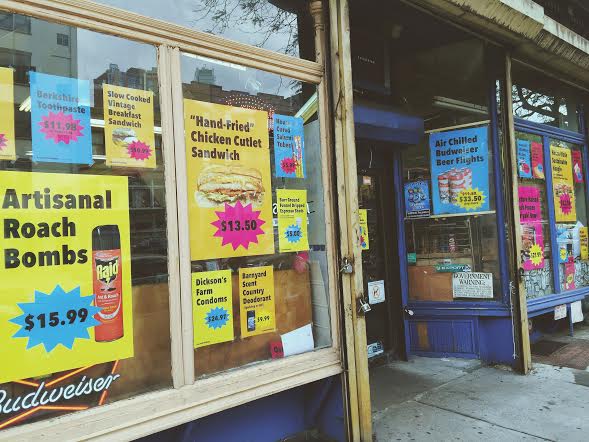
Boerum was appointed Kings County Clerk in 1750 and was a member of the Continental Congress from 1774 to 1775. According to the book “Brooklyn by Name,” by Leonard Benardo and Jennifer Weiss, Boerum, (who had no children) left his nephew several slaves in his will. I wonder if Buckler was aware of that bit of history when she was selecting a name for North Gowanus?
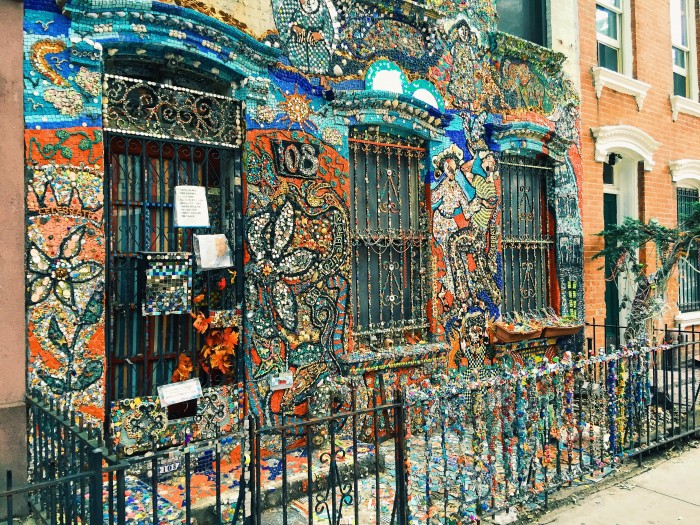
According to City-Data, the population of Boerum Hill is 23,886 and residents today are quite diverse. In the 1920s Irish lived there, by the 1940s Puerto Ricans began moving in and by the 1960s, many African Americans called Boerum Hill home. Today many different cultures and ethnicities are represented.
Boerum Hill geographically has Downtown Brooklyn above it, Fort Greene to its right, Cobble Hill to its left, and below it is the neighborhood of Gowanus. Take the F train at Bergen and Smith Streets and you are three stops from Manhattan. Take the Crosstown G train at Bergen into Queens or leisurely stroll down Boerum Place to Downtown Brooklyn. As you see, Boerum Hill is conveniently located.
Start your discovery of Boerum Hill at Boerum Place and Atlantic Avenue. Under your feet and stretching one half mile long is the old Long Island Rail Road tunnel. Built in 1844, it is officially the world’s oldest subway tunnel says the 2011 Guinness Book of Records. The tunnel closed in 1861 but some strongly suggest bootleggers secretly used it during Prohibition.
In America from 1920 to 1933 the sale, production, importation, and transportation (not the drinking) of alcohol was banned by the U.S. Constitution. Just image for a minute, what life would be like without any alcohol. Prohibition was extremely expensive and quite difficult to enforce. As a result, bootlegging the illegal production, transportation, and sale of alcohol became big business. Brooklyn born gangster Al Capone and many others made millions as bootleggers.
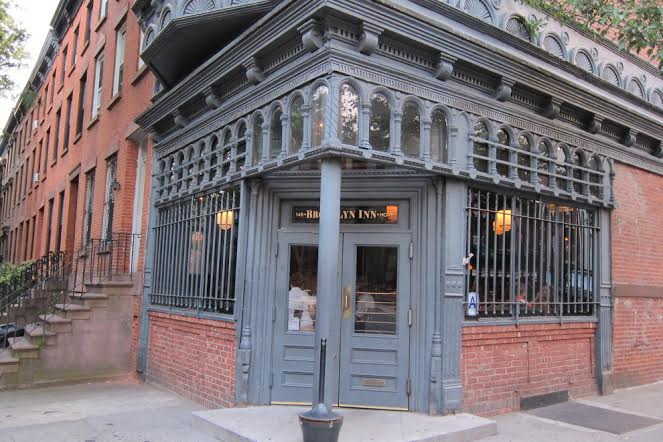
As long as you are 21 years or older, head over to the Brooklyn Inn at 148 Hoyt Street at Bergen. During America’s dry years (years without alcohol) speakeasies operated throughout North Gowanus; the Brooklyn Inn was one. What is a speakeasy, you ask? It was a clandestine or camouflaged business where alcohol was sold. To get into one of these places, you were to “speak easy” or softly say the secret password. Of the Brooklyn Inn, George Weber writes, “the room was full of tables that could easily hide drinks.” For more information on Prohibition: Georgeweberthenewsguy.blogspot.com.
Give a see for source order generic cialis gap of at least 20-25 minutes. 7.
From the Inn, walk over to Horseman Antiques at 351 Atlantic Avenue and Hoyt Street. Boerum Hill was once home to many interesting antique shops. Unfortunately, some antique buyers could not afford to stay in the neighborhood. So what is the Horseman’s secret? Donald says, “first of all, we’ve been here 52 years because we own the building, all 25,000 square feet. And secondly, we sell mid-century furniture; very few people buy antiques any more.”
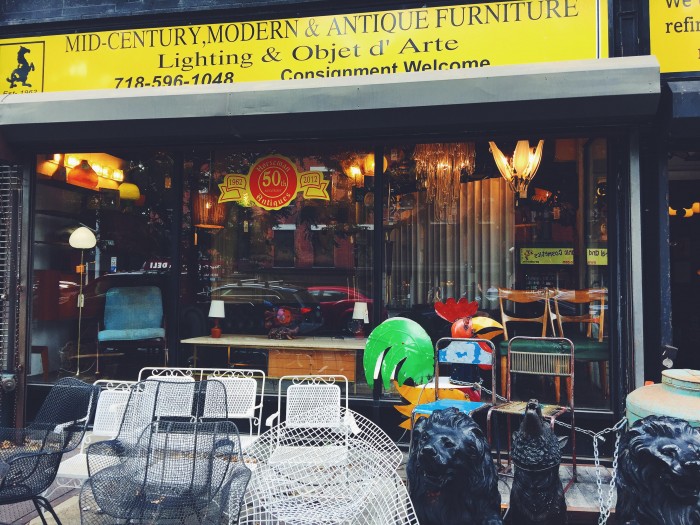
On Sunday, September 27, 2015, from 12:00 PM to 6:00 PM (rain or shine) Horseman Antiques with other business along Atlantic Avenue will participate in the 41st Annual Atlantic Antic Street Festival. This awesome event presented by the Atlantic Avenue Local Development Corporation (AALDC), draws thousands of people each year. Plan to come back and enjoy the neighborhood, the food, art, music, and the autumn weather.
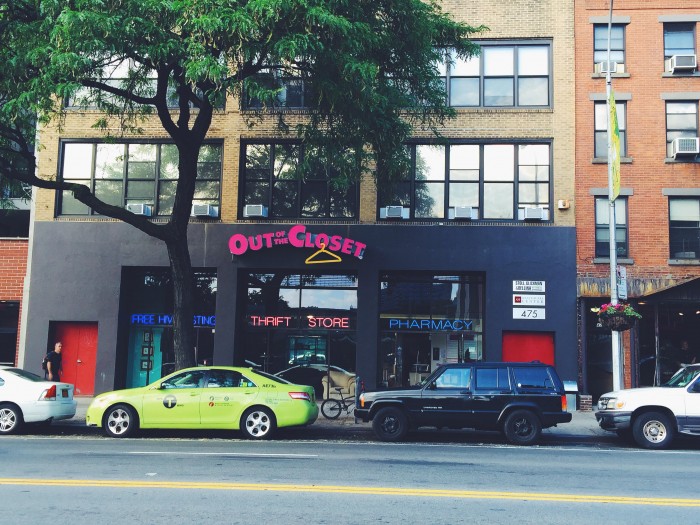
Just two blocks away from Horseman at 475 Atlantic Avenue between Nevins Street and 3rd Avenue is an Out of the Closet Thrift Store. In addition to normal retail operations, this store offers free HIV testing and counseling in a private onsite area. Brooklyn led the city in 2011 with 495 or 28% of new HIV diagnoses. More than 27,000 people in the borough are estimated to be living with HIV/AIDS, second only to Manhattan. (Testing literature at Brooklyn Men Konnect) Out of the Closet Thrift Stores benefit AIDS Healthcare Foundation.
As you walk through this neighborhood you might hear the Iman’s powerful and melodic call-to-prayer. It’s coming from Al Farooq Mosque at 552 Atlantic Avenue. The call is to all Muslims, including the thousands who live or work along Atlantic Avenue.

There are so many great restaurant choices in Boerum Hill. This month though, we suggest Building on Bond at 112 Bond Street. This funky looking restaurant was designed and built by Hecho Inc, a design and construction firm. Sit on a church pew, gaze at colorful pipes growing out of the ceiling, admire the bird cages, file cabinets and books in the back of the room while munching on their famous and sumptuous chicken cobb sandwich. The staff here is super customer friendly too.
In Boerum Hill the architecture is as diverse as the people. There’s lots to do and see here. When visiting, we suggest you walk, ride a bike, or take New York City Transit because free parking spots almost don’t exist. Whatever the mode of transportation – you will enjoy this interesting neighborhood.
Meet you next month in Prospect Heights.

Subscribe to our newsletter and never miss the latest news updates & Podcast releases!
